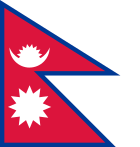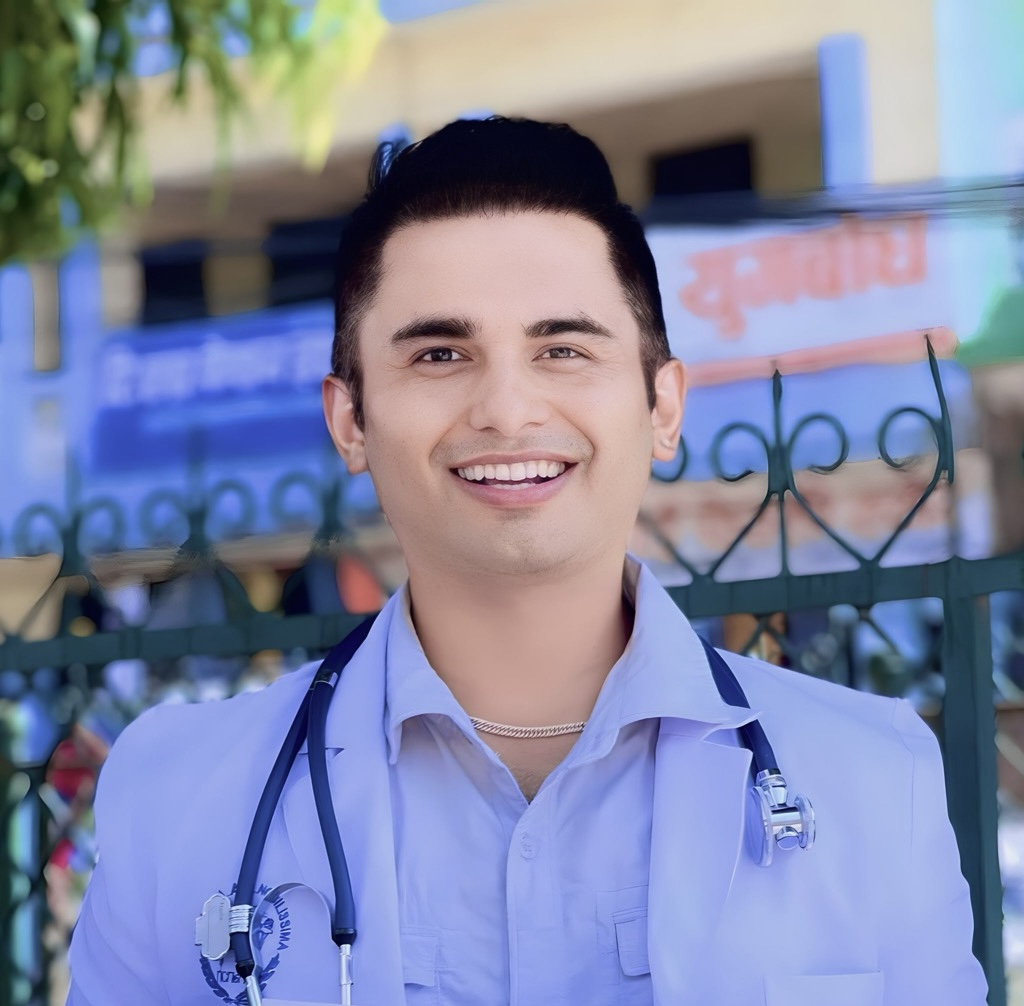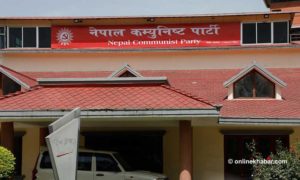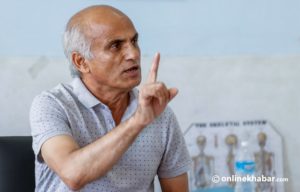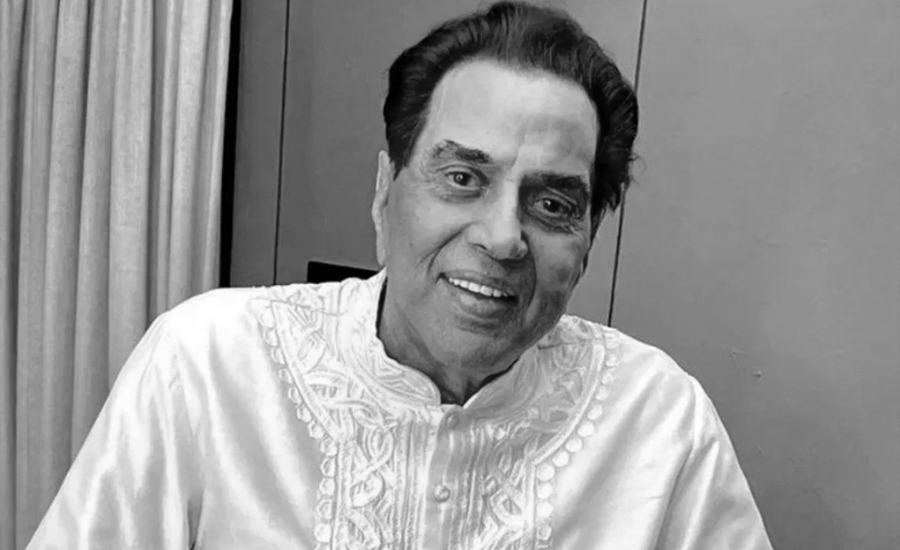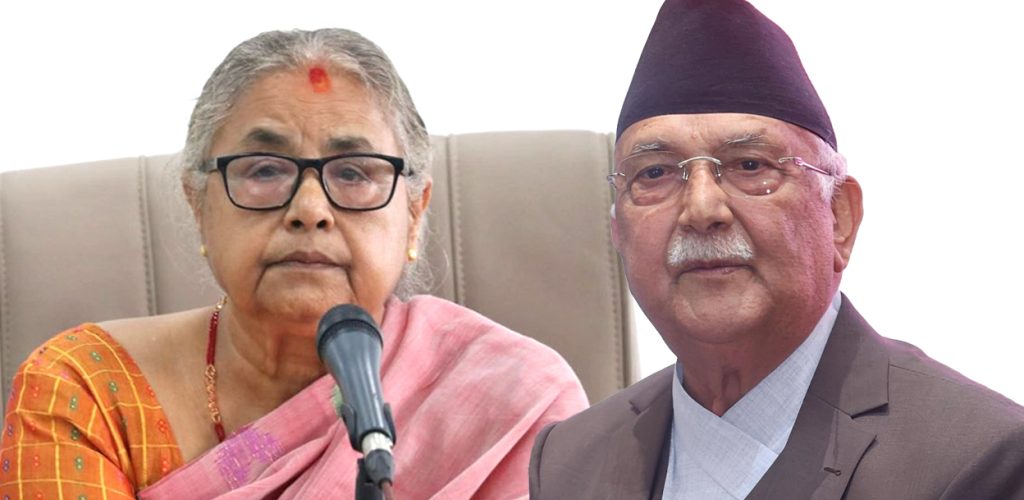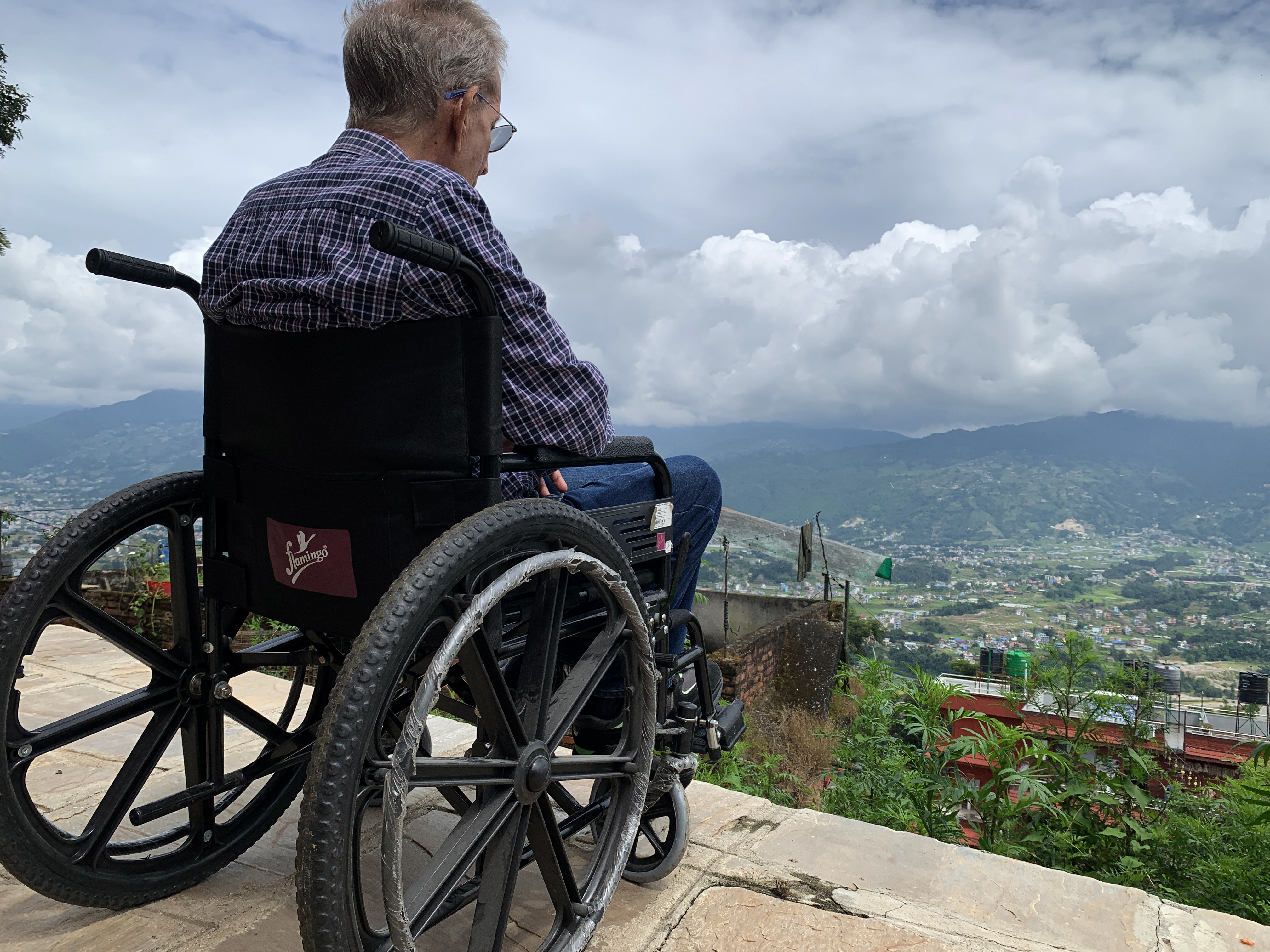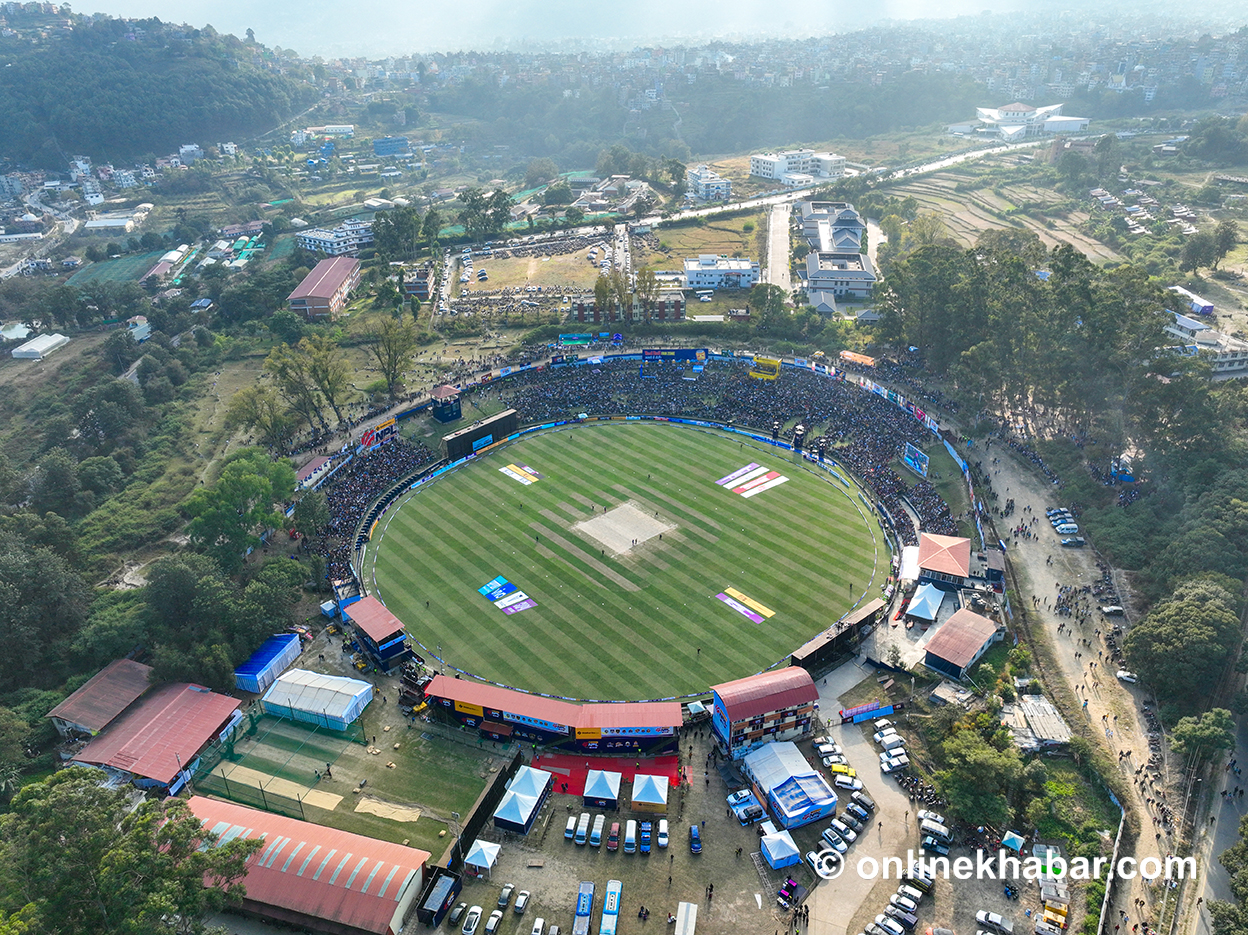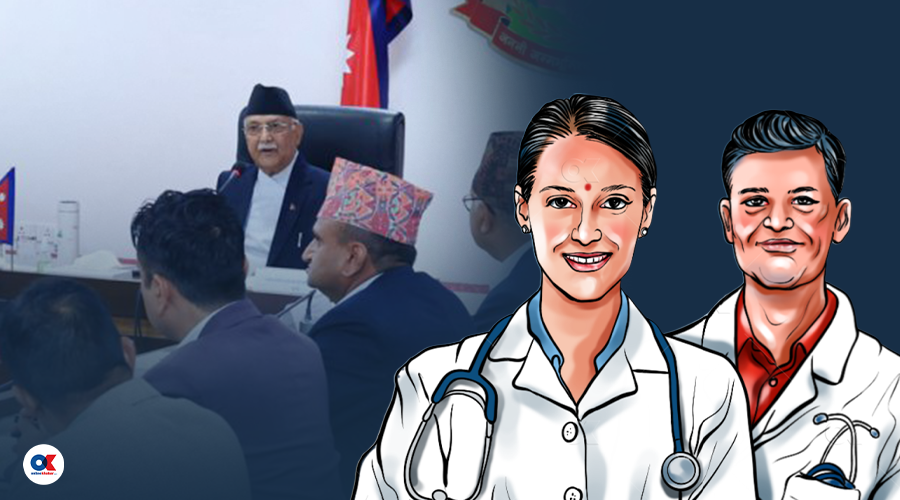
The latest proposal by the 18th meeting of the Medical Education Commission Nepal to increase the number of MBBS seats under the guise of providing resident doctors a stipend equivalent to an 8th-level government official is not only risky but also irrational in a nation where the skill of its medical professionals determines the fate of millions of people.
This action could further exacerbate the already deteriorating standard of medical education, put undue pressure on an already fragile healthcare system, and breach the very accords designed to protect Nepal’s medical landscape going ahead.
A declining standard: The alarming failure rates
Any effective healthcare system must guarantee that its professionals are qualified and well-trained. Recent data, however, presents a dismal image. According to a January 2025 report by the Nepal Medical Council, just 31 per cent of NMCLE applicants passed the license exam, while over 70 per cent of medical doctors failed it.
This is not a singular occurrence. Nearly 58 per cent of MBBS and BDS graduates failed the licensure tests in September 2022. Such endlessly high failure rates highlight an underlying systemic issue: Nepal’s deteriorating medical education standards.
Experts blame inadequate clinical exposure, a shortage of qualified faculty, and insufficient funding for this trend. The situation is so dire that some candidates have failed the licensing exam multiple times, with one doctor reportedly failing 34 times.
This is a grave risk to patient safety in addition to raising doubts about the effectiveness of our medical education system.
Oversaturation: The plight of unemployed doctors
Thousands of medical graduates enter the professional field each year, only to discover an inadequate number of opportunities. The Institute of Medicine (IOM) recently announced applications for medical officers and received over 600 applications for just a handful of the vacancies.
This latest example indicates the shocking ratio of 40 to 80 applications per post and bluntly points out medical oversaturation in Nepal.
This shortage of employment opportunities has forced many talented and qualified doctors to seek careers overseas, resulting in a brain drain that further aggravates our healthcare system’s weaknesses. Overproduction of doctors by medical colleges in Nepal without an equivalent occupational or academic growth has wasted significant resources and demoralised the medical community.
Let’s talk about the statistics
According to the Nepal Medical Council, there are around 5,500 certified dental surgeons in Nepal, including 820 dental specialists (MDS consultants). The dentist-to-population ratio (DtP) has reached 1:5,500. The World Health Organisation (WHO) has determined the fact that an ideal DtP should be 1:7,500. Given the current scenario, Nepal has already surpassed this threshold.
Even if just 600 new dental surgeons graduate each year, the country would have over 7,500 by 2030, an increase of almost 3,000. Assuming a 1.1 per cent annual population growth rate in Nepal, the new DtP ratio will be around 1:3,800 by 2030 – almost double the WHO standard.
Similarly, approximately 32,500 MBBS doctors, including nearly 12,000 MD/MS consultants, are registered under the Nepal Medical Council.
This results in a doctor-to-population (DtP) ratio of about 1:911, which indicates that there is one medical doctor for every 911 Nepali citizens (excluding the fact that nearly 10 per cent of the total population of Nepal lives abroad). The standard DtP ratio set by the World Health Organisation (WHO) is 1:1,000, and Nepal has already met this criterion, indicating a need to cut down the production of doctors.
The data of the Nepal Medical Council suggests an average of about 1,236 new medical doctors being registered annually, whereas about 6,500 doctors left the country in the recent two years due to various circumstances, such as a lack of secure employment and career opportunities, poor infrastructure, and low payment.
There have been reports that the doctors are not paid their salaries for six months to a few years. This proves the statement that, no matter how many MBBS/BDS seats you add, not every doctor you produce will stay here in Nepal unless the government works to provide better career and employment opportunities, infrastructure, and adequate salary.
The current government is heavily influenced by the Medical Mafia and has lost its commitment to providing excellent medical care in the country.
Breach of trust: Violating agreements with Dr Govinda KC
The government’s decision to increase MBBS/BDS seats stands in stark contrast to its previous commitments. Renowned medical reformist Dr Govinda KC has long advocated for regulated medical education and equitable healthcare access.
The government had previously agreed to limit the number of medical colleges and seats to maintain quality. By now expanding MBBS/BDS seats, the government is reneging on its promises, undermining the trust of the medical community and the public.
Infrastructure deficiencies: The inadequacy of private medical colleges
In Nepal, medical colleges are usually found lacking the necessary infrastructure, qualified faculty, and adequate patient flow to provide comprehensive medical education.
These problems jeopardise the academic success of aspiring doctors, producing graduates who are not ready to face the real challenges of practising medicine individually in the real world. If these basic problems are not resolved, increasing the number of MBBS/BDS seats would simply further erode the standard of medical education.
The healthcare system in Nepal is already under an unacceptable amount of pressure. It might become more fragile due to the surge of doctors with insufficient training and the scarcity of employment opportunities.
The cumulative effect of an increase in clinical mistakes and jeopardised patient safety due to inadequately qualified professionals may result in a catastrophic breakdown of public confidence in the Nepali healthcare system.
The Medical mafia: Undermining the Medical Education Commission
There is growing concern that vested interests, often referred to as the “medical mafia”, are influencing policy decisions for personal gain. These groups are lobbying with the current government for their financial interests by defending for more MBBS/BDS seats, even if doing so comes at the price of public health and educational quality.
Such acts will damage the reputation of the Medical Education Commission, the Nepal government, and the responsible authorities, including individual doctors like Bikash Devkota, Bhagawan Koirala, Anil Karki, Gyanendraman Singh Karki, and others involved in the committee considering an increase in the seats and costs, while also endangering the future of those aspiring to become doctors.
Increasing the number of MBBS/BDS seats or costs under the pretence of providing resident doctors’ stipends is an irrational move that undermines the fundamental problems impacting the healthcare and medical education system of Nepal.
The main priorities of the MEC and any committee formed by the government must be to enhance the standard of medical education, ensure adequate infrastructure, and create feasible career possibilities in Nepal rather than increasing the number of seats or the costs.
Nepal is at a turning point in its history. The health and well-being of Nepali citizens in future will be determined by the decisions taken by this committee now. The policymakers, educators, and the medical community must work together to implement changes that put quality over quantity and ensure a robust and trustworthy healthcare system for everyone in Nepal.

